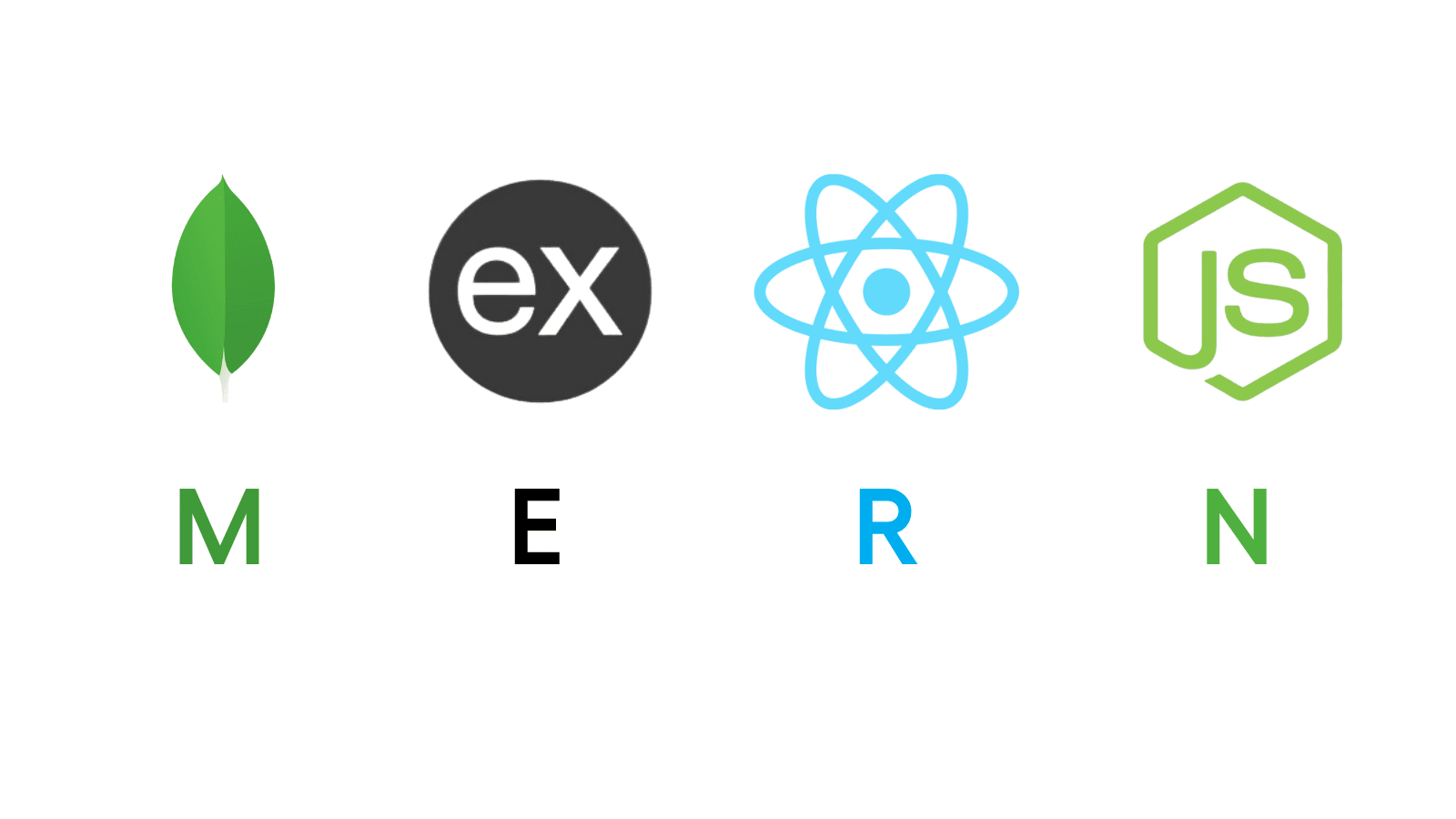
Top 10 Common Mistakes in MERN Stack Projects (and How to Avoid Them)
Top 10 Common Mistakes in MERN Stack Projects (and How to Avoid Them)
The MERN Stack—MongoDB, Express.js, React, and Node.js—has become a go-to solution for full-stack JavaScript development. It allows developers to build scalable, modern applications using one language across the stack. But with great flexibility comes common pitfalls that can slow down development or even break your app.
Whether you're a beginner or already experienced, avoiding these mistakes can save you time and improve your application's performance and maintainability. Here are the top 10 common mistakes made in MERN Stack projects—and how to avoid them.
1. Poor Folder StructureMany developers begin without organizing their project files, which leads to confusion and difficulty in scaling.
Avoid it:
Use a clean structure. On the backend, separate routes, controllers, models, and middleware. On the frontend, organize by components, pages, and services. A modular approach improves maintainability.
Exposing API keys, database credentials, or JWT secrets in your source code is a major security risk.
Avoid it:
Store secrets in a .env file and use the dotenv package to access them. Always add .env to your .gitignore to prevent it from being pushed to GitHub.
Unhandled exceptions can crash your application or confuse users.
Avoid it:
Use try/catch blocks in async functions and implement centralized error-handling middleware in Express. On the frontend, provide fallback UIs and friendly error messages.
Relying solely on useState or deeply nested props can make components hard to manage.
Avoid it:
For larger apps, use Context API, Redux, or Zustand to manage global state efficiently. Keep logic separate from UI components.
Unvalidated user input can lead to data corruption or security vulnerabilities.
Avoid it:
Use tools like express-validator or Joi on the backend. On the frontend, libraries like Formik and Yup provide form validation out of the box.
Many developers skip role-based access control, leaving routes exposed.
Avoid it:
Use JWT for authentication and build middleware to restrict access to certain endpoints based on user roles. Always hash passwords with bcrypt.
Inconsistent route naming and response structures can confuse developers and hinder frontend integration.
Avoid it:
Follow RESTful conventions. Use meaningful endpoint names like /api/users/:id and ensure responses follow a consistent structure: { success, message, data }.
Fetching too much data or missing indexes can lead to performance issues.
Avoid it:
Use limit, skip, and field selection wisely. For large datasets, implement pagination. Ensure frequently queried fields are indexed using Mongoose.
Deploying unoptimized or development code to production is a common blunder.
Avoid it:
Always build production-ready code with npm run build. Deploy the frontend separately (e.g., Vercel, Netlify) and host the backend using services like Render or Heroku. Don’t forget to set NODE_ENV=production.
Untidy code can make debugging and collaboration difficult.
Avoid it:
Set up tools like ESLint and Prettier early in your project. These enforce coding standards and ensure your codebase stays clean and readable.
The MERN stack offers immense power—but it's not foolproof. Most issues in MERN projects arise from lack of planning, poor practices, or ignoring the basics. By being mindful of these common mistakes and applying simple best practices, you can build high-quality, secure, and scalable applications.
Remember, great software isn't just about what users see—it's about clean code, solid architecture, and responsible development behind the scenes.






